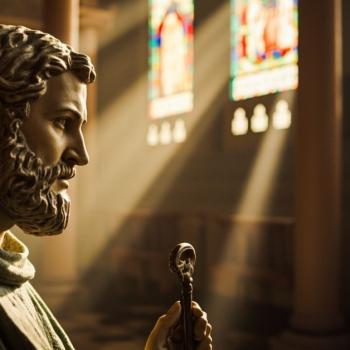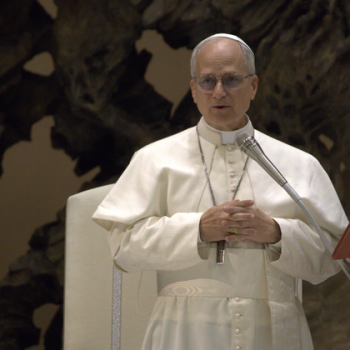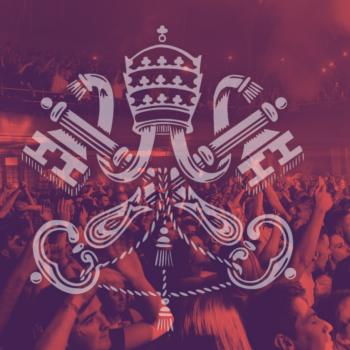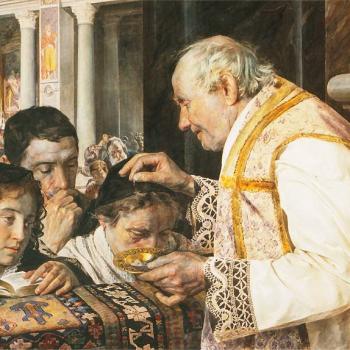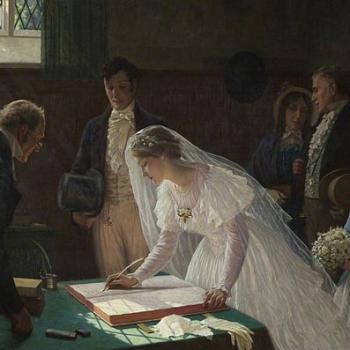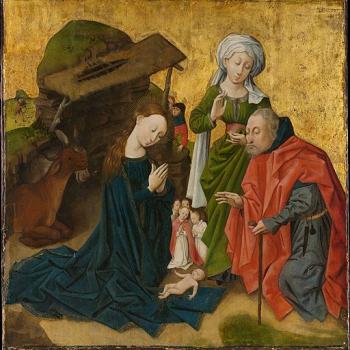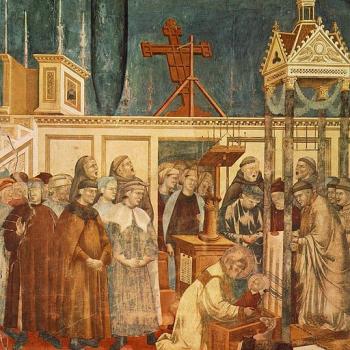Recently I posted a rough draft of an essay for the Fall newsletter of my regional Secular Franciscan fraternity. As I noted, I rewrote the second half of this essay. It has appeared (and has been be posted here), so I want to share the final draft as well.
This summer, the killing of George Floyd by four Minneapolis police officers galvanized a series of demonstrations, protest marches,and occasional riots across the United States.
The Black Lives Matter movement, founded in 2013 after the death of Trayvon Martin and the acquittal of George Zimmerman, moved to the forefront:this slogan captured the heart of the demands of the Black community. While the movement has attracted widespread support from whites, it has also been criticized and rejected. There are many reasons for this,but often at the core there is a rejection of the claims by Blacks that American society is racist and needs to change.
One reason for this rejection is that there is often a fundamental misunderstanding of what is meant by racism. To many white people, racism is a strictly personal phenomena: a person is racist if he or she hates Blacks (and other minorities) and shows this through words or actions intended to hurt, demean,or mistreat them.
But for most Blacks, and for the majority of scholars who study racism, this is personal racism which is only a small part of racism. They instead believe that the core of racism is structural racism: social and cultural systems that maintain whites in a privileged positiona nd relegate Blacks and other minorities to a lower position within society.
The two kinds of racism coexist, but it is structural racism that gives personal racism its power. Moreover, structural racism exists and has an impact even when overt, personal racism is not present.In their pastoral, Open Wide Our Hearts, the American bishops are clear about the central role of structural racism:
“The cumulative effects of personal sins of racism have led to social structures of injustice and violence that makes us all accomplices in racism” (p. 5).
Father Bryan Massingale, a Catholic theologian,explains how these social structures work:
“[R]acism functions as an ethos—as a pervasive symbol system of meaning, identity,and significance—much more than as a set of discrete, consciously motivated acts. Racism, understood as a pervasive symbol system of meaning, gives us a framework for comprehending the significance of personal acts of racial animus. It is a system of meaning that rests upon the fears and anxieties of white Americans and is expressed in the cultural symbols, social order,and public policies of the country.Racism is a cultural phenomenon, a way of interpreting human color differences that pervades the collective convictions, conventions, and practices of American life. It significantly forms identity of the dominant group”(Racial Justice and the Catholic Church, p. 33).
This passage is complicated but worth studying. Here is one way to unpack it:Racist structures exist in our society, but almost out of sight. They are part of our culture, and shape who we are and how we interact with others. Recognizing their presence helps us understand why so many Black men and women—George Floyd, Breonna Taylor, Ahmaud Arbery, Stephon Clark, Philando Castile, Alton Sterling, Walter Scott, Tamir Rice, Michael Brown, Eric Garner, and Trayvon Martin, to name just a few—have been killed by the police or armed vigilantes, and why their deathsr epresent more than the actions of a “few bad apples.”Structural racism better explains why “bad cops”do what they do, why “good cops”do little or nothing to stop them, and why the justice system often seems unable to respond effectively.
The concept of structural racism is often met with defensiveness. It is often confused with accusations of personal racism and so rejected outright. Even if it is not, it is still difficult for many white people to accept, since it requires accepting that they are “accomplices in racism.”It is hard for them to take responsibility for something so diffuse, so decentralized, so built into the way our culture and our society are set up that they are invisible to those who are not affected by or even benefit from it, despite the fact that they see the negative impact that it has on Blacks and other minorities.
How does this affect us, as Franciscans? It is relatively easy for us to look back on American history and see racist structures: slavery and the slave trade before the Civil War,the lynchings and oppression of the Jim Crow South,the blatant segregation and discrimination Blacks faced even from the Church.
But when we come to the present, a division emerges. For Franciscans who are Black or belong to other minority groups, the continuity between the past and the present is part of their lived experience. For white Franciscans, it is much more difficult for them to see the racist structures that continue to exist today: in housing, education, employment, policing, and criminal justice. These generally do not affect white people,and it is easy for them to discount what Blacks and other minorities, even their own brothers and sisters in Christ, say is happening in their lives.
The challenge then, for Franciscans, is to bridge this divide. Black and other minority Franciscans need to have the courage to tell their stories, but they also need their fraternities to be safe spaces in which they can speak and be heard. White Franciscans need to listen and accept stories other than their own:
“As Christians, we are called to listen and know the stories of our brothers and sisters. We must create opportunities to hear, with open hearts, the tragic stories that are deeply imprinted on the lives of our brothers and sisters, if we are to be moved with empathy to promote justice”(Open Wide Our Hearts, p. 10).
Listening to these stories is hard for many white people, and Franciscans are no exception. It can make them uncomfortable,because it requires that they acknowledge, not what happened in the past, but what they, their families, their friends, their Church, their society, and their government,are doing now. They need to look around themselves and acknowledge the ways in which they have become accomplices in racism.
Our fraternities should be a privileged place for such openness:
“A sense of community will make them joyful and ready to place themselves on an equal basis with all people, especially with the lowly for whom they shall strive to create conditions of life worthy of people redeemed by Christ”(from OFS Rule, Art. 13).
If we, as Franciscans,open our hearts to share, to listen,and to accept, then we willbe able to see the structural racism that pervades our lives, and so take the first step toward racial justice.





